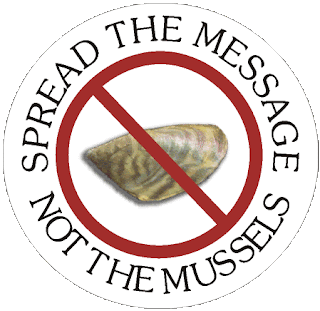"How vegan people affects biodiversity?"
The vegan lifestyle is the strictest of all vegetarian diets as it excludes meat, eggs and all animal derived products. The reasons people choose this lifestyle vary from maintaining health to animal rights, addressing ethical, dietary and religious issues. But what is the impact of a vegan lifestyle on the environment? Is conservation of biodiversity a legitimate reason for becoming vegan?
According to the Convention on Biological Diversity, biodiversity can be defined as “the variability among living organisms from all sources, including terrestrial, marine and other aquatic ecosystems and the ecological complexes of which they are part; this includes diversity within species and of ecosystems.” Whether you follow an intrinsic view in the debate about if biodiversity is important for conservation and to what end, one point no longer debatable is: conservation of the natural environment is vital for the preservation of human life.
Science continues to reveal the damaging effects of human behaviour on the environment and the repercussions for human life. While many people may have a passion or mere interest in contributing to the earth’s preservation from – driving hybrid cars, walking more, switching to energy efficient light bulbs, lobbying and campaigning or making a substantive change wherever they think they can – there is one aspect of our lives that has an inevitable impact on biodiversity; and that is Eating!
Poor agricultural practices continue to devastate the environment and threaten biodiversity: altering habitats, displacing species, introducing alien species, poisoning surrounding soil and water systems with the use of chemicals and killing a large number of organisms in the process.
“World meat production has quadrupled in the last 50 years,” according to studies. The livestock population now outnumbers people more than three to one. Studies have long shown that vegans use less land and energy to meet their dietary needs. Reducing the land area used for agricultural purposes is a major way of contributing to biodiversity conservation.
A vegan lifestyle helps maintain biodiversity. The vegan diet is however considered by many to be a restrictive one and requires an entire change in ideology and careful attention to ensure that daily nutritional requirements are met. It is a lifestyle that a number of people continue to be open to or interested in but the population shift to a vegan lifestyle is relatively slow as compared to the global shift towards adopting a westernized diet. There is also a growing fear that an increase in plant based diets will lead to large scale mono-cropping, which also negatively affects biodiversity. However, a healthy vegan lifestyle requires a diet of a variety of fruits, vegetables and grain. An increase in the demand for these products will propel farmers to diversify their crops to satisfy the market.
Consumers have the power to alter the alarming rate at which agricultural production is destroying species diversity. Adopting meat-less days as part of varied diet can dramatically reduce the demand for livestock and by extension the effects of livestock production on biodiversity as well as other damaging effects on the environment. Agriculture is one of the most environmentally damaging of human activities and veganism helps to reduce its impact. Eating vegan helps to sustain life on the planet and maintain biodiversity.
Jon Lozano and Lorea Bereciartua
Information sources:
http://youthforumonclimatechange.com/how-veganism-affects-biodiversity/
 1) You will think that the main place which provides us oxygen is the Amazonian jungle, don´t you? Well, sorry, but I have to tell you that you are wrong. According to some studies on a University in London, oceanic plankton provides us the 75% of the oxygen we breath, and on the other hand it absorbs the 25% of the carbon we emit.
1) You will think that the main place which provides us oxygen is the Amazonian jungle, don´t you? Well, sorry, but I have to tell you that you are wrong. According to some studies on a University in London, oceanic plankton provides us the 75% of the oxygen we breath, and on the other hand it absorbs the 25% of the carbon we emit.
